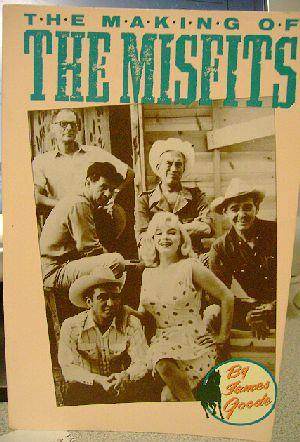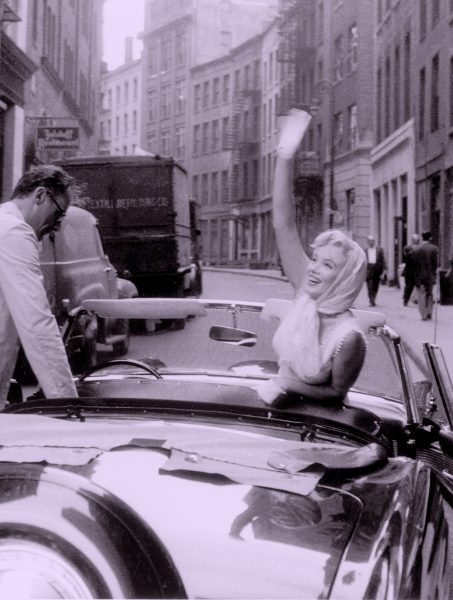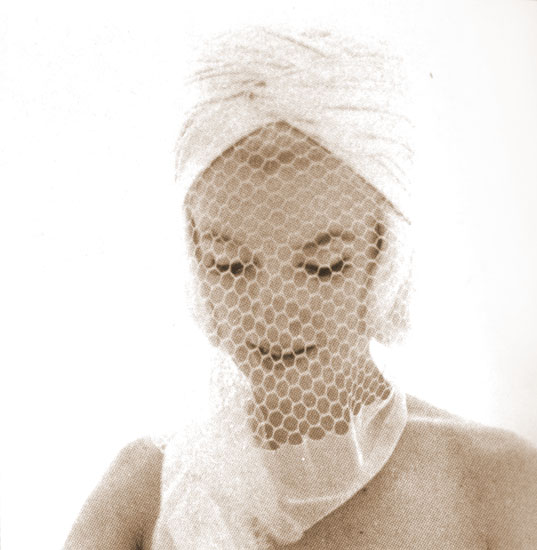
Sheila O’Malley reviews, and posts excerpts from James Goode’s seminal 1963 book, The Making of the Misfits (originally titled The Story of The Misfits) which he wrote about his own experiences reporting from the Nevada set, including an interview with Marilyn herself.
‘Goode’s book is not in any way an expose. It is not a book about “How Things Went to Shit” or “How a Movie Star Derailed a Shoot By Her Shenanigans”. Not at all. People have problems, sure. The book is honest about that, but because there is no retrospect in the book – because it is all quotes from people on the ground, in the moment – the narrative that emerges is very very different from the Official Narrative of what a nightmare the shoot was, and how Monroe was sick, and Huston was gambling, and everyone was fed up with being on location, blah blah. NONE of that is apparent in Goode’s book.
In fact, the shoot was an exciting one, something new, something unique, the script one that people were thrilled about, the fact of Clark Gable’s involvement was a huge deal (old-school studio star meeting young Actors Studio types), and everyone worked their butts off on their respective parts. Many of these people had worked together before, and so it was so much fun to get out of Hollywood and go off into the desert, and basically take over this frontier town, and shoot the thing.
It just goes to show you how Narratives start to get formed, especially once people start dying, like Gable did, soon after the shoot, and Monroe did, only a couple of years later.’ – The Sheila Variations


